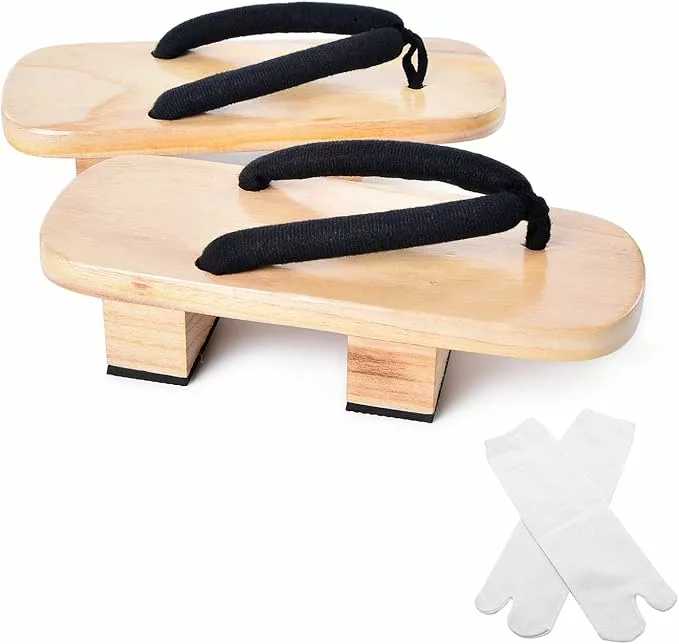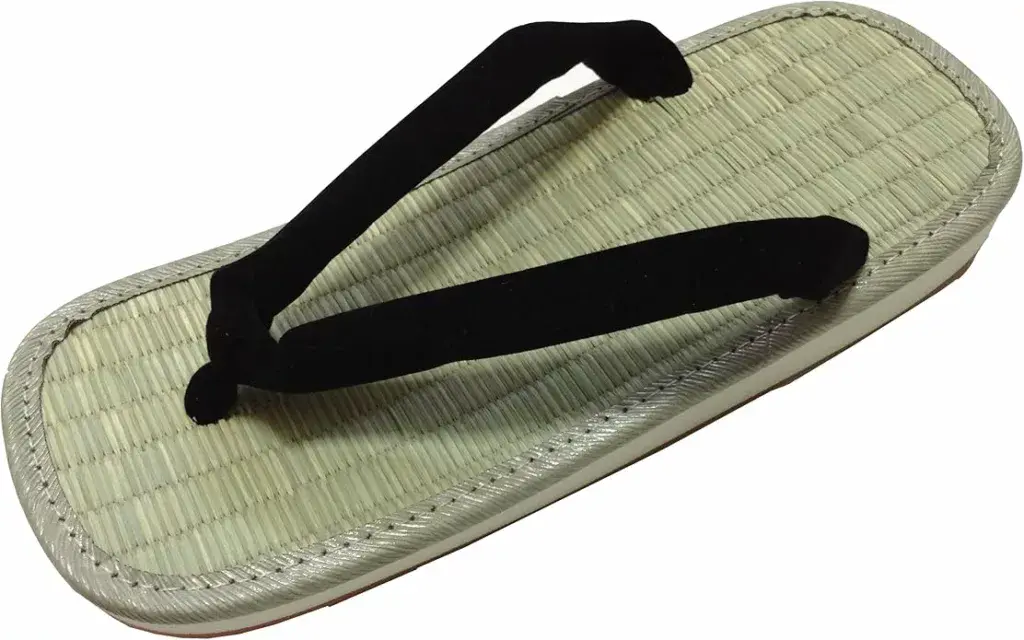Brillantly Green, to Green, to Pale Green
(analysis of biodegradability of the primary source materials for flip flops)

Brilliantely Green: Plant-based, biodegradable
Green: Leather, biodegradable, but sourced by animal hide
Pale Green: combinations of plant or leather and synthetic rubber (petroleum-based PCV plastic polymers), OR of 100% synthetic rubber. Synthetic rubber is not biodegradable, not even in 100 years.
1) PLANT-BASED, BRILLIANTLY GREEN
HEMP, JUTE, RICE, SUGAR CANE, BAMBOO and TENCEL STALKS, STRAW, WOOL, WOOD, NATURAL RUBBER, and COTTON
Farmers around the world grow these plants which can be sourced for flip flops construction. Plant-bsed sources are entirely biodegradable and can be very green. This discussion does not yet incorporate all other considerations for “sustainability,” such as land rights, labor practices, water usage, busineess practices, out-sourcing and supply chains/transportation, tree and crop and soil regeneration. The other crucial factor in environment care is recycling and reuse, particularly of synthetic rubber. In any case, considering the product’s source material only, plant-based sources are entirely biodegradable, Thus, for the focused/limited discussion here of environment care, plant-based manufacturing material is brilliantly green.
Japenese Getas and Zouris, and Dutch clogs
Japanese Getas, worn with a kimono, are the restrictive, high heels of ancient Japanese culture of the geisha women (and men). Perhaps today they can be worn with jeans for a slap- or flip-on-the-head of old practices. They are weirdly beautiful, or weirdly torture implements. Traditonal. 100% wood (except for an occasional fabric foot strap). 100% biodegradable. See a good selection.

Japanese Zouris are flat and comfortable flip flops, often made with straw, often square in design. Invading and occuping soldiers of Japan in the WWII used them–thus our flip flops today, at least in part due to this extrapolation.

Dutch vintage: wooden clogs from the Netherlands, often colorfully painted.

2) LEATHER, GREEN (biodegradable)
LEATHER. Leather is biodegradable! A discarded leather flip flop degrades naturally to the environment. In this respect, it is 100% brilliantly green. I call it only GREEN, because a) it is problematic to source the material from animals, b) in footwear manufacturing practice, it is usually combined with soles of synthetic rubber (PCV/plastic), and c) the tanning process is often polluting to the environment with the toxic chemical runoff. Creatures whose hides are used may be farmed in factory farms or ranged, may or may not be treated with care, but grazing animals as well mink, fox, beaver, lizards, alligators, snakes–all, are at the end of the day, killed at least in part for their skins, or soley for their skins. Green? Possibly. Perhaps not. The leather itself is 100% biodegradable, naturally.
Rainbow Sandals, Reef, QuickSilver, Project Cloud, Fitflop, Sanuk, and others make beautiful flip flops with a combination of leather and synthetic rubber. The craftspeople attempt to have their sandals to last a long, long time; and then the companies encourage people to return their old worn sandals to be repurposed and given to needy people.

3) SYNTHETIC RUBBER, Pale Green
Synthetic rubber is a polymer made in an industrial laboratory with petroleum, natural gas, or coal, and other chemicals derived from petroleum. Synthetic rubber (a plastic) eventually degrades in 180-2000 years to microscopic particles toxic to soil and water. The particles pass on to sea creatures and reefs and to winds and rains and soils to humans. Hardly green. Most major brands of flip flops, and all sorts of wedges, sandals, and shoes, are made with synthetic rubber. The synthetic rubber is SBR (styrene butadiene rubber) and/or and EVA (a copolymer of ethylene and vinyl acetate) or other types of flexible polymer. The below brands are great flip flops, often beautiful, and useful; some of them are green and other models are not, in terms of biodegradability. They all can at least be reused, recycled, repurposed.
- Ipanema
- Havaianas
- Olukai
- Reef
- Quick Silver
- Fitflop
- Sanuk
These flip flops and others are great, if pale green. Thus, recycle. All available at Amazon.
REUSE:
All of the above flip flops from brilliantly green to less, can be reused. Even car tires can be reused to make flip flops. All synthetic polymer products can be reused.

*This post is provided in good faith as an “apologia” in the older Greek sense, as an attempt to explain. The environment issues are problematic to discuss, to say the least. May this be an opening to discussion and comment. I am not an authority but hope to learn with you and with further research. I provide more information here on the history of natural rubber and the development of synthetic. Perhaps it’s best to go barefoot. Barefoot is fine with me. And recycle and reuse, at least.
